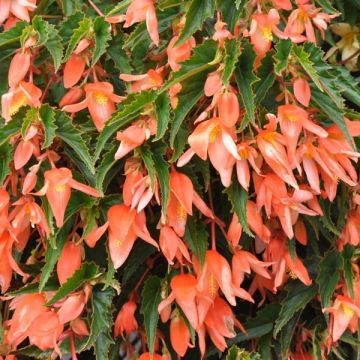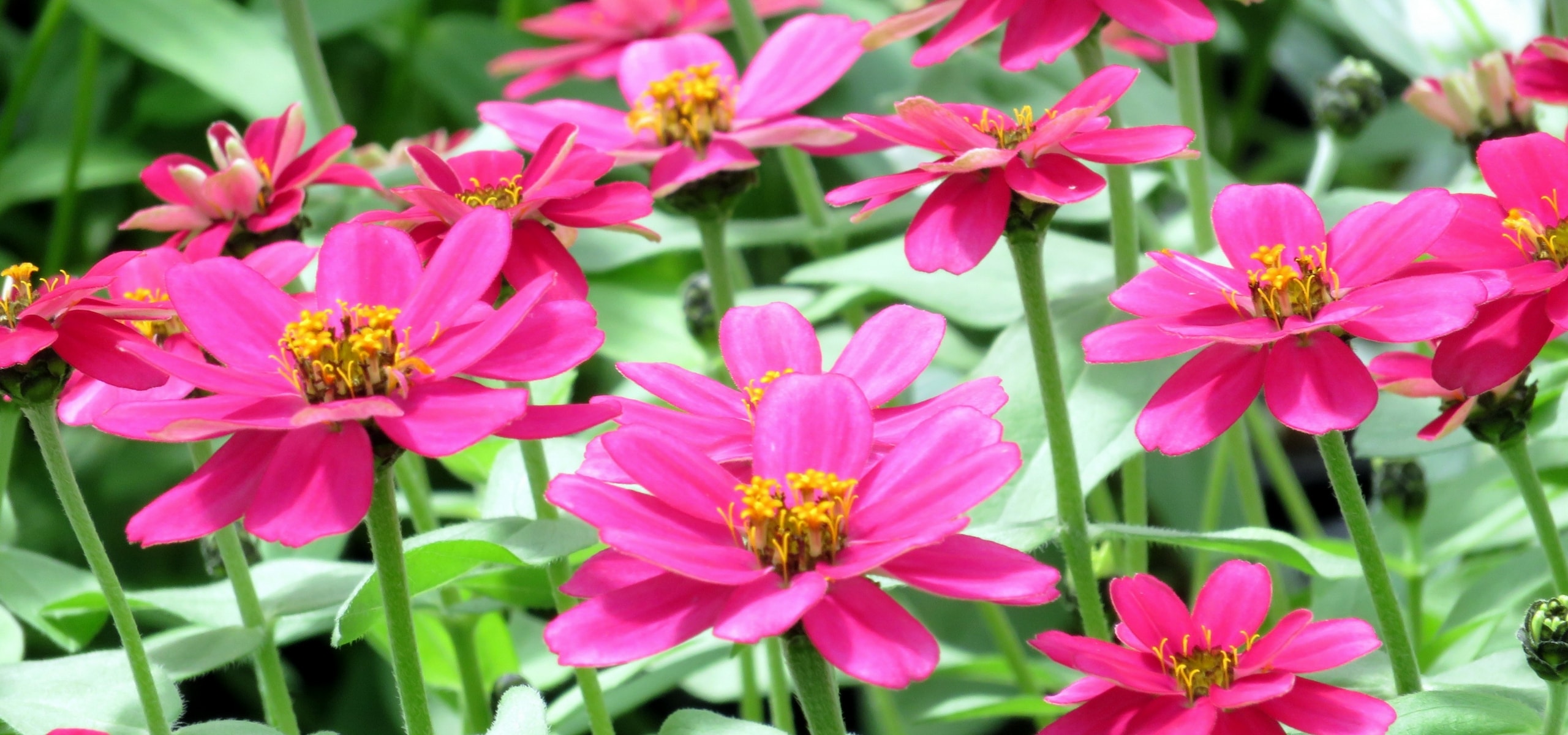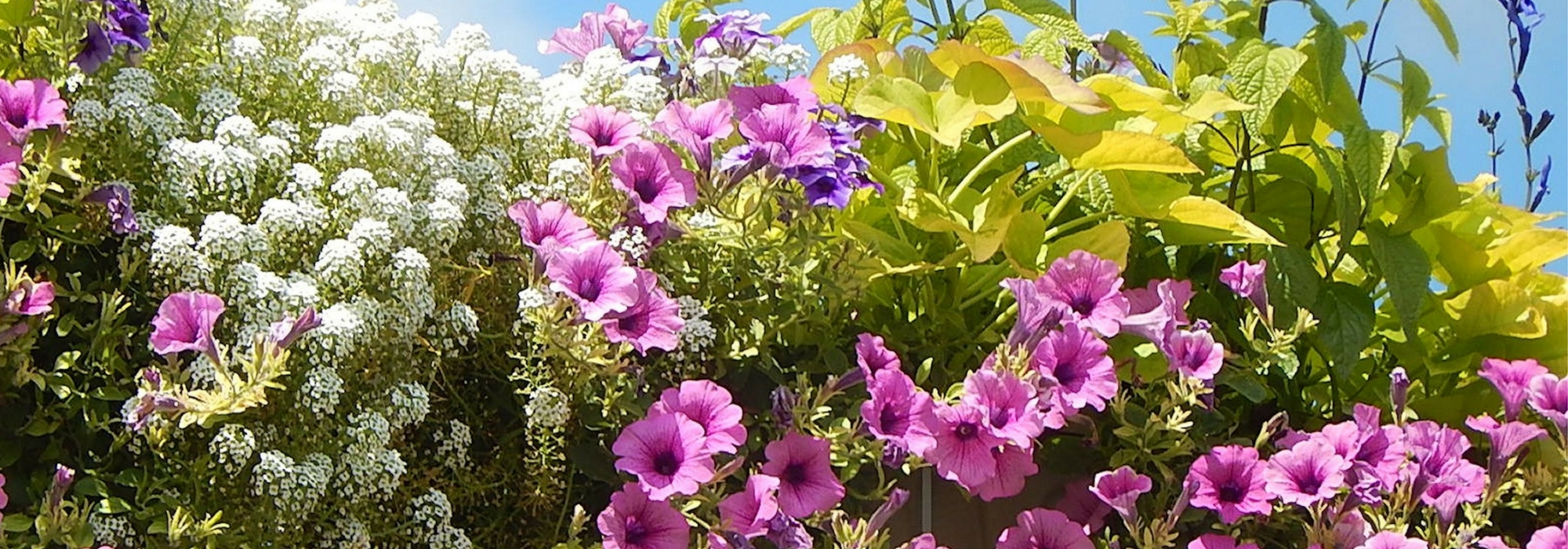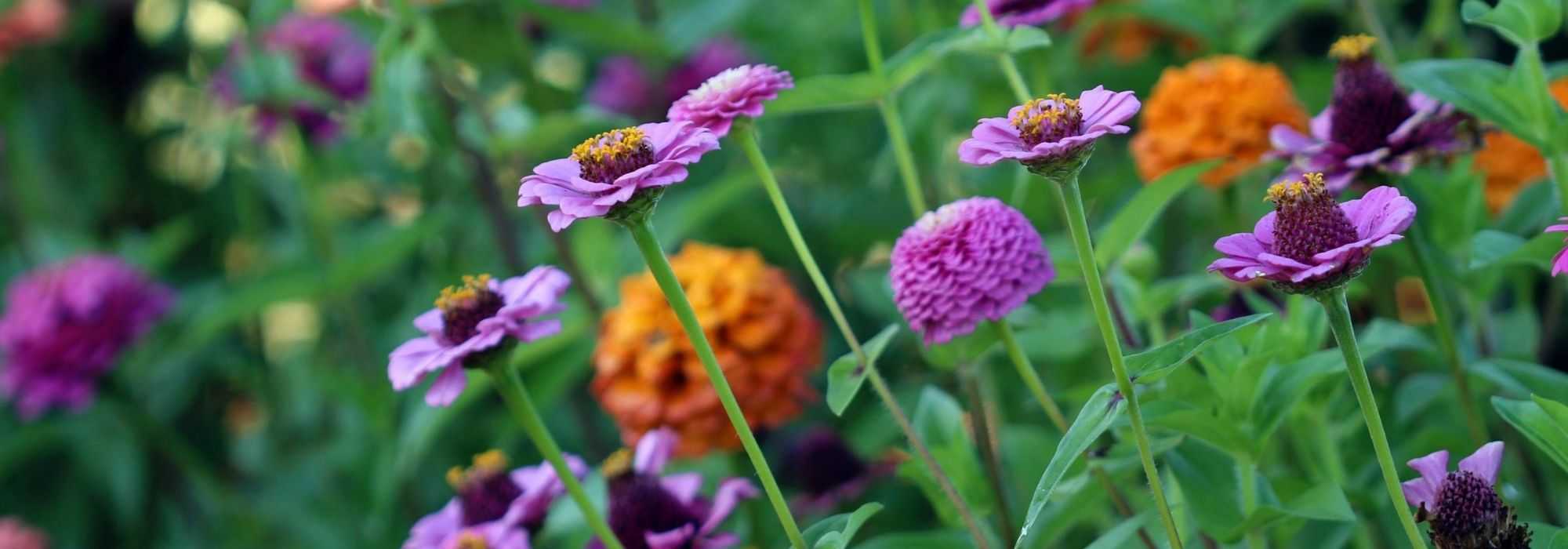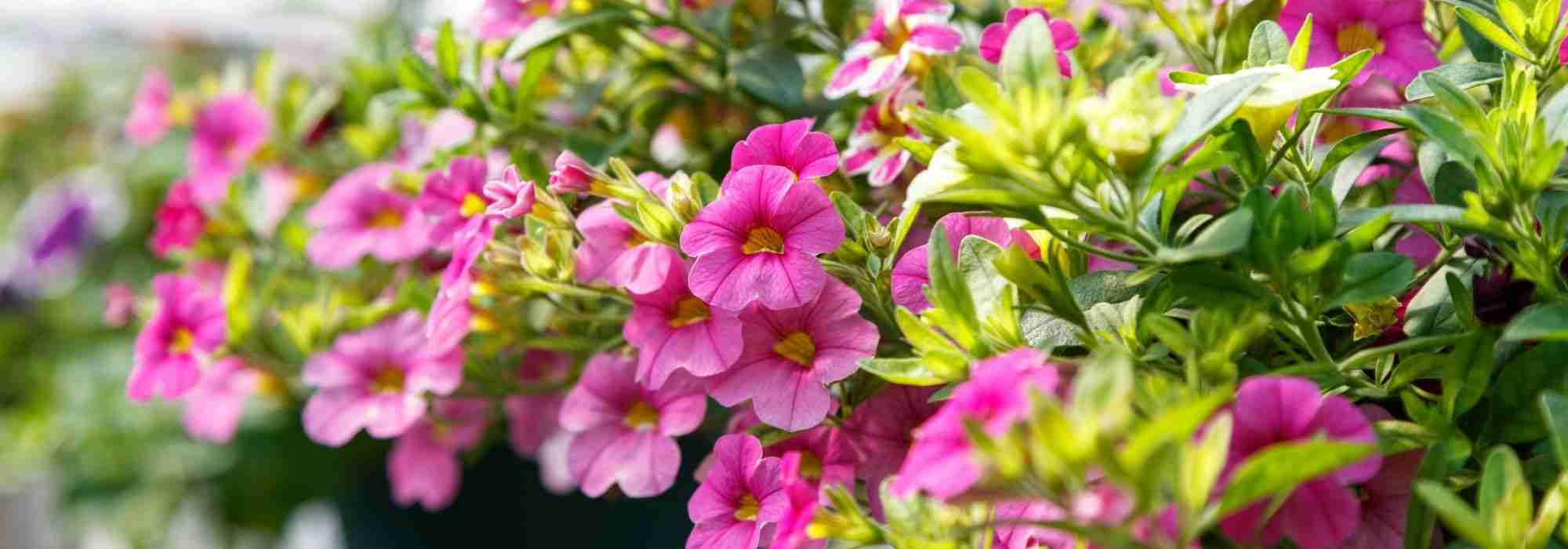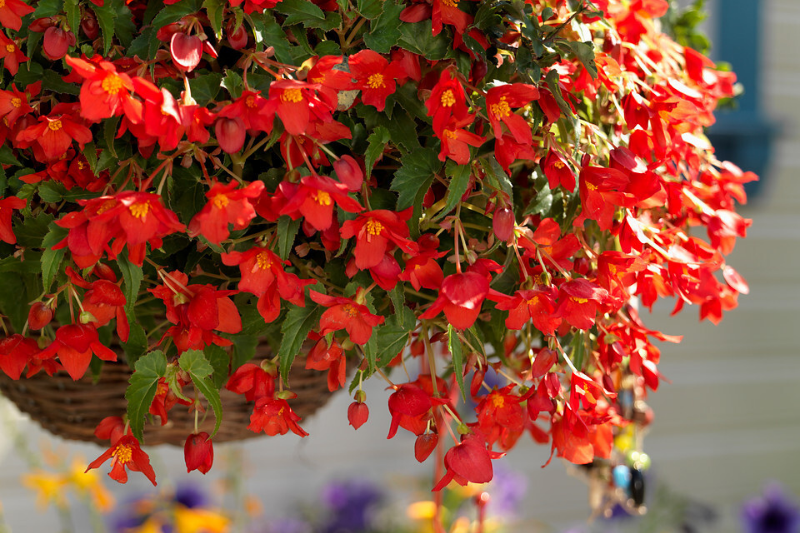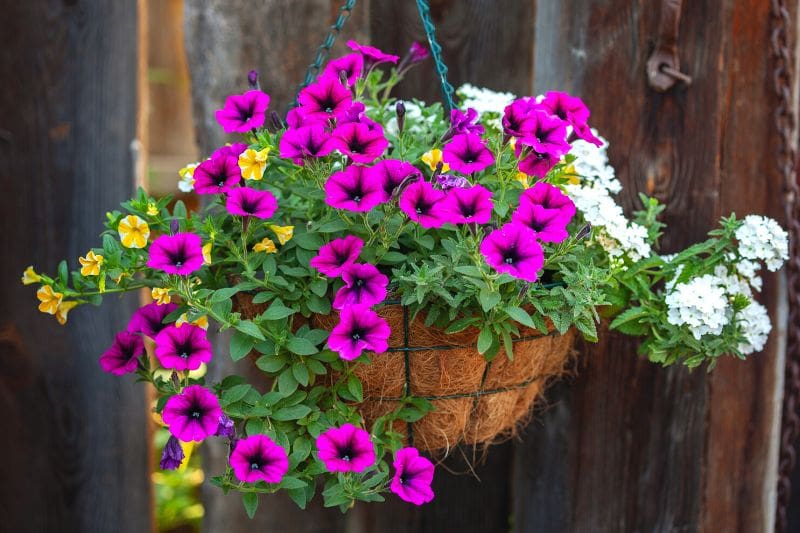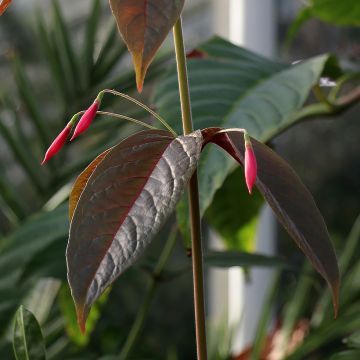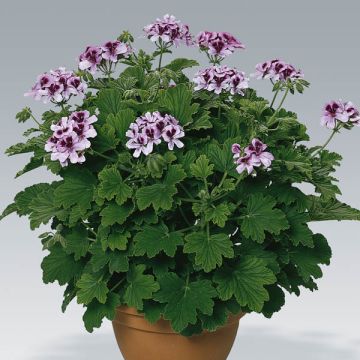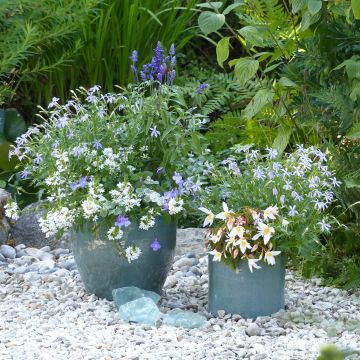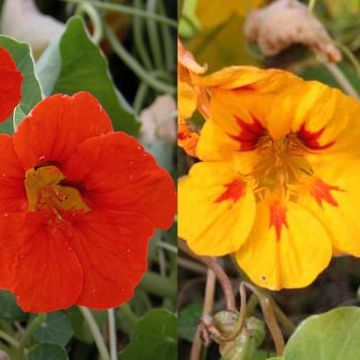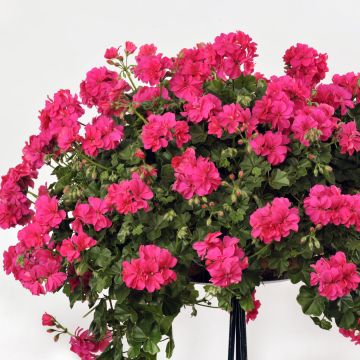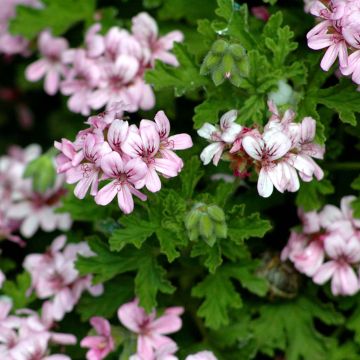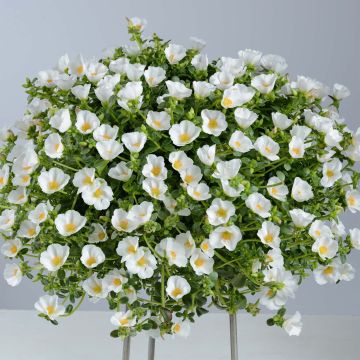

Begonia semperflorens Super Olympia Pink
Begonia semperflorens Super Olympia Pink
Begonia semperflorens Super Olympia rose
Bedding Begonia, Wax Begonia, Wax Leaf Begonia
All the young plants were perfectly packaged without plastic to preserve our environment. They were planted in pots or in the ground immediately. Thank you for this fast and efficient delivery.
Chantal, 13/05/2022
Special offer!
Receive a €20 voucher for any order over €90 (excluding delivery costs, credit notes, and plastic-free options)!
1- Add your favorite plants to your cart.
2- Once you have reached €90, confirm your order (you can even choose the delivery date!).
3- As soon as your order is shipped, you will receive an email containing your voucher code, valid for 3 months (90 days).
Your voucher is unique and can only be used once, for any order with a minimum value of €20, excluding delivery costs.
Can be combined with other current offers, non-divisible and non-refundable.
Home or relay delivery (depending on size and destination)
Schedule delivery date,
and select date in basket
This plant carries a 6 months recovery warranty
More information
We guarantee the quality of our plants for a full growing cycle, and will replace at our expense any plant that fails to recover under normal climatic and planting conditions.
Would this plant suit my garden?
Set up your Plantfit profile →
Description
The Begonia semperflorens 'Super Olympia Pink' is a new variety of annual begonia with a bushy and compact habit supported by dense and vigorous greenery that resists bad weather. This version has longlasting flowers of bright pink, far from being dull. Its pretty single or double corollas are arranged around a small yellow heart and grouped in clusters on round and shiny foliage of a beautiful bright green. Like all semperflorens hybrids, this variety blooms continuously until the frost. It prefers shade or partial shade.
The Begonia 'Super Olympia Pink' is a non-hardy herbaceous perennial plant, grown as an annual, belonging to the Begoniaceae family. It is derived from Begonia semperflorens, a hybrid between two species native to Brazil. This variety is part of a series of recent hybrids selected for their compact, vigorous and bushy habit, their floriferousness, as well as for their very vibrant colors. 'Super Olympia Pink' has stout and fleshy stems covered with tough, rounded leaves of a beautiful fresh green color, shiny, about 5 cm (2 in) long. This very branching plant will quickly reach 20 cm (7.9 in) in all directions. Appearing in May-June and present until the first frosts, its abundant flowers are asymmetrical, cup-shaped, composed of rounded, dark pink petals arranged around a small yellow heart and grouped in axillary clusters. Begonias are monoecious and bear flowers with exclusively male attributes (single flowers) and others female (double flowers). They are gathered in numerous terminal clusters.
This Begonia is ideal for brightening up shady areas, but it can also be placed in partial shade. It can be used in flower beds, tubs, hanging baskets or large flowering pots. Begonias of the Super Olympia series form very beautiful ground cover, in a mix of varieties. They go well with plants with light foliage and flowers, such as lobelias, annual pennisetums, bacopas, bidens, but also with petunias. For a more exotic feel, a colourful flowerbed can be created by combining the Begonia 'Super Olympia Pink' with cannas or Hedychiums. It is also good to know that hardy begonia varieties exist, such as Begonia grandis.
Please note that our young plants in mini-plugs are professional products intended for experienced gardeners: upon receipt, transplant and store them under shelter (veranda, greenhouse, frame) at a temperature above 14C° for a few weeks before planting outside once all risk of frost has passed.
Report an error about the product description
Begonia semperflorens Super Olympia Pink in pictures
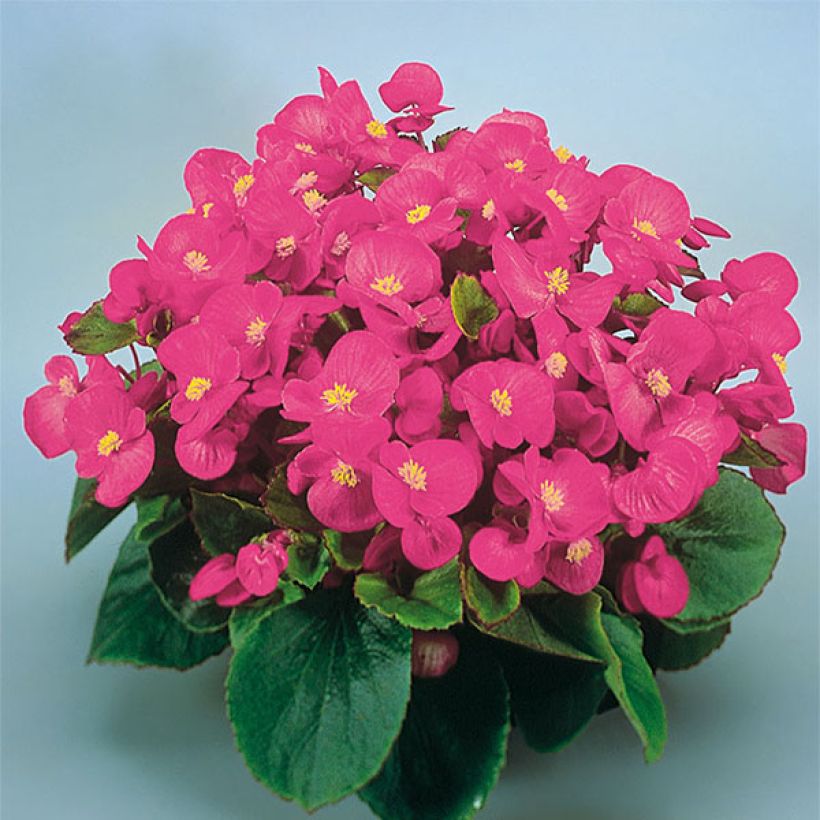

Flowering
Foliage
Plant habit
Botanical data
Begonia
semperflorens
Super Olympia rose
Bégoniaceae
Bedding Begonia, Wax Begonia, Wax Leaf Begonia
Cultivar or hybrid
Other Begonia
View all →Planting and care
The Begonia 'Super Olympia Pink' flowers from May until the first frosts. Place it in a well-drained, fertile, humus-rich and light soil, moist but not waterlogged, in full sun or partial shade. Water moderately (it does not tolerate excess water!) and provide frequent fertilisation for intense flowering - each week during the growing season. Beware of snails and slugs that love to devour young plants. The Begonia semperflorens can be susceptible to powdery mildew and botrytis. Begonia is a frost-sensitive plant, so it does not tolerate negative temperatures. For this reason, it is often cultivated in containers that can be easily brought indoors to greenhouses or under a heated veranda at the first signs of frost.
Planting period
Intended location
Care
Planting & care advice
-
, onOrder confirmed
Reply from on Promesse de fleurs
Similar products
Haven't found what you were looking for?
Hardiness is the lowest winter temperature a plant can endure without suffering serious damage or even dying. However, hardiness is affected by location (a sheltered area, such as a patio), protection (winter cover) and soil type (hardiness is improved by well-drained soil).

Photo Sharing Terms & Conditions
In order to encourage gardeners to interact and share their experiences, Promesse de fleurs offers various media enabling content to be uploaded onto its Site - in particular via the ‘Photo sharing’ module.
The User agrees to refrain from:
- Posting any content that is illegal, prejudicial, insulting, racist, inciteful to hatred, revisionist, contrary to public decency, that infringes on privacy or on the privacy rights of third parties, in particular the publicity rights of persons and goods, intellectual property rights, or the right to privacy.
- Submitting content on behalf of a third party;
- Impersonate the identity of a third party and/or publish any personal information about a third party;
In general, the User undertakes to refrain from any unethical behaviour.
All Content (in particular text, comments, files, images, photos, videos, creative works, etc.), which may be subject to property or intellectual property rights, image or other private rights, shall remain the property of the User, subject to the limited rights granted by the terms of the licence granted by Promesse de fleurs as stated below. Users are at liberty to publish or not to publish such Content on the Site, notably via the ‘Photo Sharing’ facility, and accept that this Content shall be made public and freely accessible, notably on the Internet.
Users further acknowledge, undertake to have ,and guarantee that they hold all necessary rights and permissions to publish such material on the Site, in particular with regard to the legislation in force pertaining to any privacy, property, intellectual property, image, or contractual rights, or rights of any other nature. By publishing such Content on the Site, Users acknowledge accepting full liability as publishers of the Content within the meaning of the law, and grant Promesse de fleurs, free of charge, an inclusive, worldwide licence for the said Content for the entire duration of its publication, including all reproduction, representation, up/downloading, displaying, performing, transmission, and storage rights.
Users also grant permission for their name to be linked to the Content and accept that this link may not always be made available.
By engaging in posting material, Users consent to their Content becoming automatically accessible on the Internet, in particular on other sites and/or blogs and/or web pages of the Promesse de fleurs site, including in particular social pages and the Promesse de fleurs catalogue.
Users may secure the removal of entrusted content free of charge by issuing a simple request via our contact form.
The flowering period indicated on our website applies to countries and regions located in USDA zone 8 (France, the United Kingdom, Ireland, the Netherlands, etc.)
It will vary according to where you live:
- In zones 9 to 10 (Italy, Spain, Greece, etc.), flowering will occur about 2 to 4 weeks earlier.
- In zones 6 to 7 (Germany, Poland, Slovenia, and lower mountainous regions), flowering will be delayed by 2 to 3 weeks.
- In zone 5 (Central Europe, Scandinavia), blooming will be delayed by 3 to 5 weeks.
In temperate climates, pruning of spring-flowering shrubs (forsythia, spireas, etc.) should be done just after flowering.
Pruning of summer-flowering shrubs (Indian Lilac, Perovskia, etc.) can be done in winter or spring.
In cold regions as well as with frost-sensitive plants, avoid pruning too early when severe frosts may still occur.
The planting period indicated on our website applies to countries and regions located in USDA zone 8 (France, United Kingdom, Ireland, Netherlands).
It will vary according to where you live:
- In Mediterranean zones (Marseille, Madrid, Milan, etc.), autumn and winter are the best planting periods.
- In continental zones (Strasbourg, Munich, Vienna, etc.), delay planting by 2 to 3 weeks in spring and bring it forward by 2 to 4 weeks in autumn.
- In mountainous regions (the Alps, Pyrenees, Carpathians, etc.), it is best to plant in late spring (May-June) or late summer (August-September).
The harvesting period indicated on our website applies to countries and regions in USDA zone 8 (France, England, Ireland, the Netherlands).
In colder areas (Scandinavia, Poland, Austria...) fruit and vegetable harvests are likely to be delayed by 3-4 weeks.
In warmer areas (Italy, Spain, Greece, etc.), harvesting will probably take place earlier, depending on weather conditions.
The sowing periods indicated on our website apply to countries and regions within USDA Zone 8 (France, UK, Ireland, Netherlands).
In colder areas (Scandinavia, Poland, Austria...), delay any outdoor sowing by 3-4 weeks, or sow under glass.
In warmer climes (Italy, Spain, Greece, etc.), bring outdoor sowing forward by a few weeks.






























